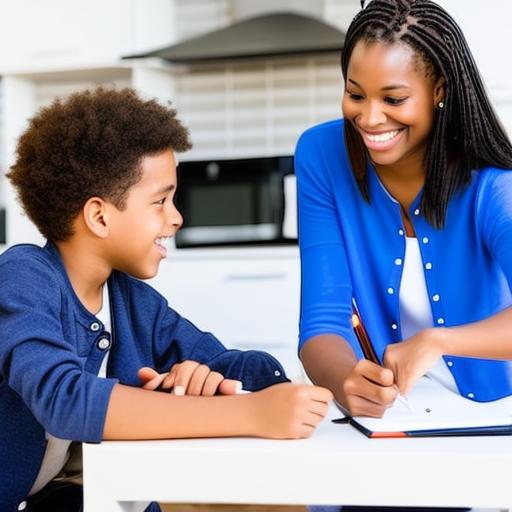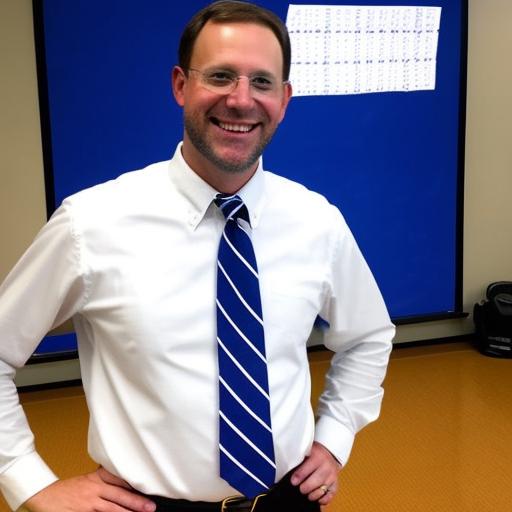By visiting our site, you agree to our privacy policy regarding cookies, tracking statistics, etc.
By the end of this unit, students will be able to:
Year 5 Science: Properties and changes of materials





In the UK, waves are typically introduced in Key Stage 3, which is the first stage of secondary education for students aged 11-14 years old. Specifically, students are usually taught about waves in Year 8 or Year 9. (US teach at 6th to 7th grade middle school)
During this time, students will learn about the properties and characteristics of different types of waves, including sound waves, light waves, and electromagnetic waves. They will also be introduced to the concept of wave motion, such as amplitude, frequency, and wavelength, and how these properties affect the behaviour of waves.
Students will be taught about the different uses of waves in everyday life, such as in communication and medical imaging. They will also learn about the importance of waves in explaining natural phenomena, such as the behaviour of earthquakes and ocean waves.
By the end of Key Stage 3, students are expected to have a good understanding of waves and their properties, and to be able to use this knowledge to explain a range of physical phenomena.
It’s worth noting that some schools may choose to introduce waves earlier or later than Key Stage 3, depending on their individual curriculum and teaching approach.
Objectives:
Have questions or need assistance?
Email: info@skoolmaths.com
© 2024 Skoolmaths. All rights reserved.